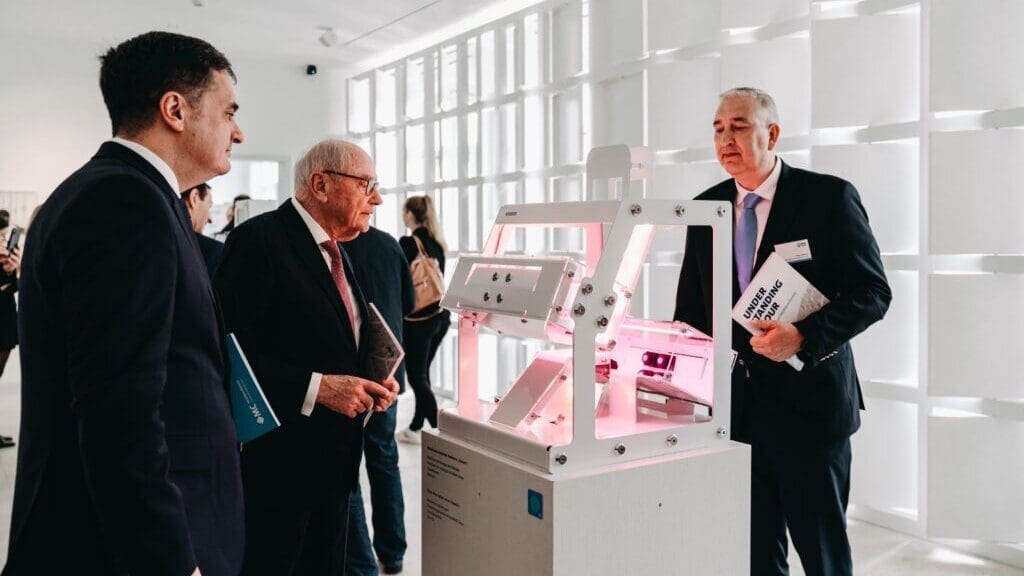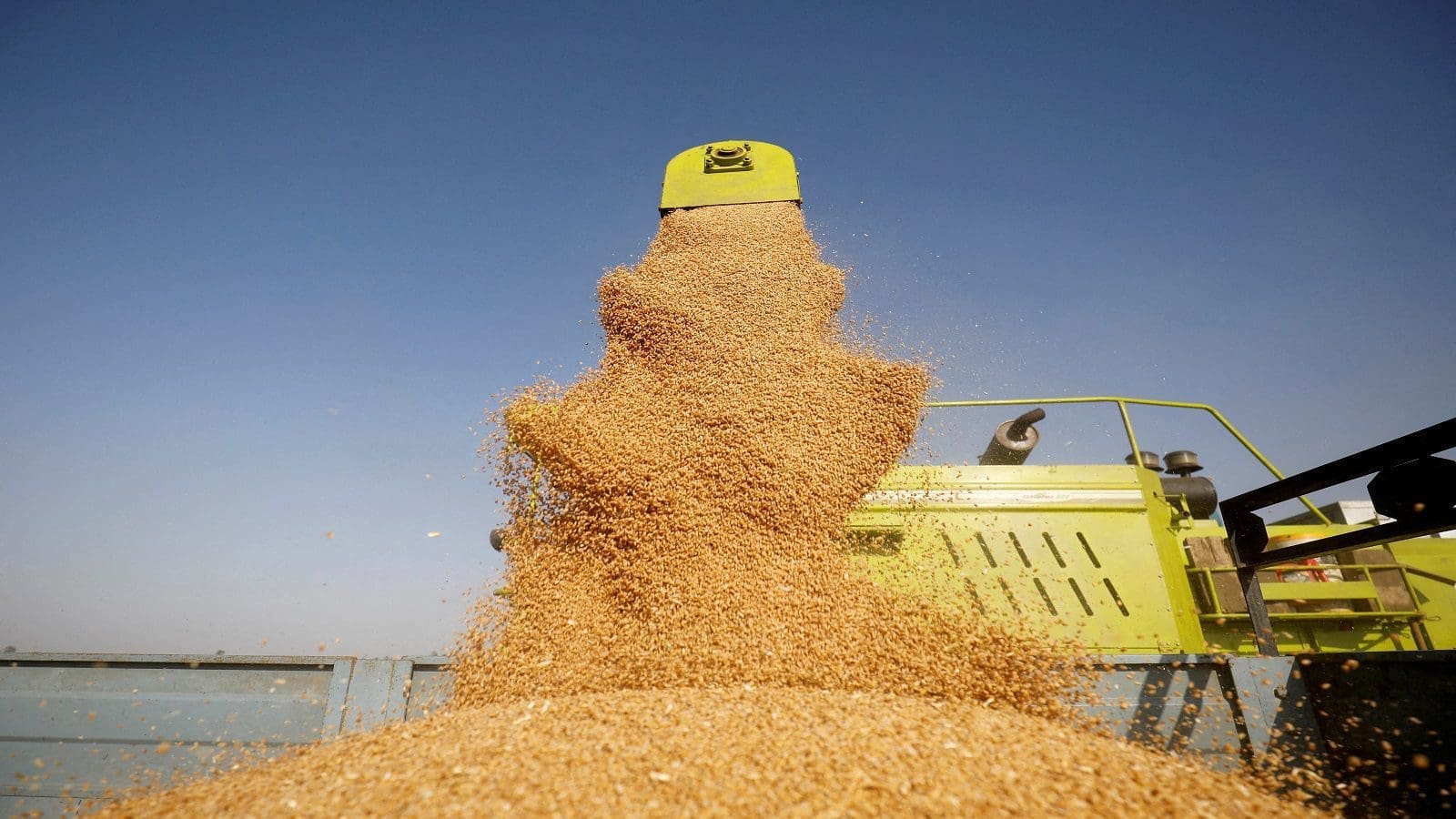GERMANY-The FlourWorld Museum in Wittenburg, Germany, has opened a new Milling Room to celebrate the impact of the 19th-century Industrial Revolution on the milling industry.
The FlourWorld Museum houses the world’s largest collection of flour sacks, dedicated to flour and the millers of the world, who supply humanity with flour daily.
The new Milling Room exhibit, conceived and designed by museum curator Dr. Oliver Seifert, in cooperation with Bühler Group and Mühlenchemie GmbH & Co. KG, is meant to create awareness about the complexities of the milling process.
The new exhibit features an audiovisual installation and working models of an optical sorter, roller mill, and plansifter showing interested visitors the individual steps in the industrial production of flour, the worldwide staple food.
These three machine models, being centerpieces at the exhibition, were developed and built during the last three years by 37 apprentices of the deep-rooted Swiss company Bühler in Uzwil.
They give a detailed look at the functioning of a modern mill in addition to a schematic presentation that shows all the fully automated work steps in today’s industrial milling.
“The room is designed to present the technology of modern flour milling, the power and the dimensions that make industrial manufacturing processes so revolutionary,” said Volkmar Wywiol, founder of the FlourWorld Museum.
The “Flour. Power. Life” exhibit concept at the FlourWorld Museum revolves around the importance of flour as a staple food in the history of humanity- reaching from the first cultivation of grain 10,000 years ago during the Neolithic Revolution, when humans became sedentary, until today.
The Industrial Revolution changed the world even more radically than the Neolithic Revolution of 10,000 years ago. Remarkably, both revolutions are intimately associated with grain.
According to Mühlenchemie, there were more than 60,000 mills in Germany before the Industrial Revolution. However, even though the population has quadrupled, there are only about 200 today.
These modern mills, however, are largely automated and designed to mill grains in record time to supply the world’s population with flour.
“When you visit a modern mill today, even with its steel machinery, high tech, and sealed-off cleanrooms, it’s hard to comprehend the quantities that are processed every second to get a consistently high-quality product like flour,” Wywiol remarked.
This Milling Room will be open for viewing during a visit to the museum in Wittenburg every other Saturday and every Sunday from 12:00 to 17:00, where an audio guide explains all the displays and exhibits.
For all the latest grains industry news from Africa, the Middle East and the World, subscribe to our weekly NEWSLETTERS, follow us on LinkedIn and subscribe to our YouTube channel










